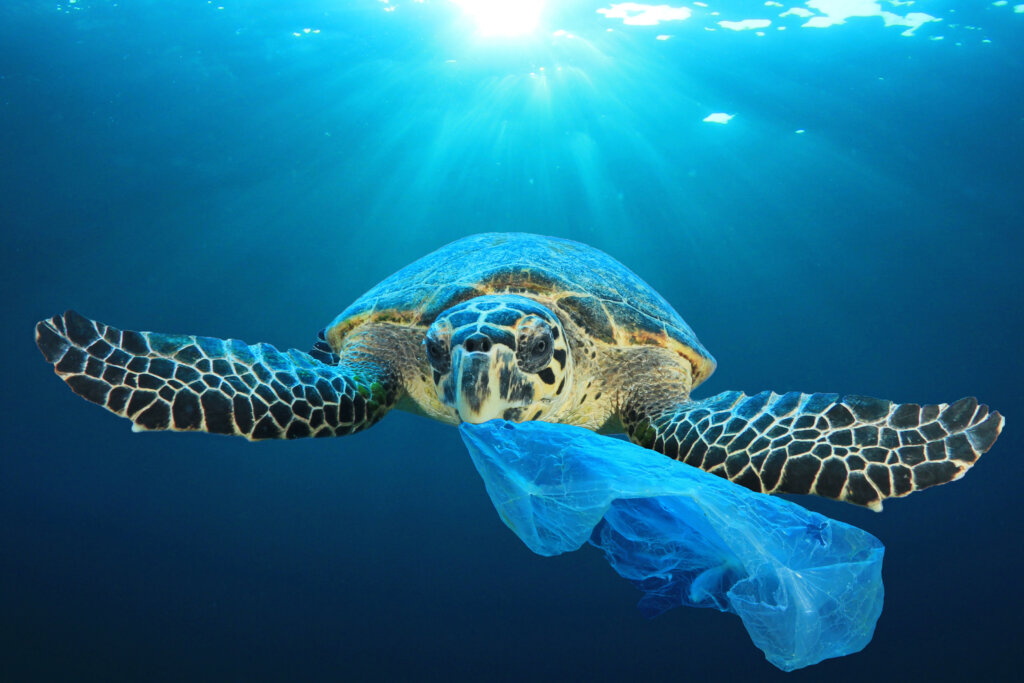Guardians of Life
Indigenous territories are home to the vast majority of the world’s remaining biodiversity and critical habitats.
Many of them are also rich in natural resources.
For decades, resource extraction and industrial development have been encroaching on indigenous communities.
This exploitation ravages the land and water on which communities depend for sustenance and destroys spiritual, cultural and economic practices.
We collaborate with local leaders to safeguard subsistence practices and develop sustainable alternatives to industrial development. We also support indigenous efforts to shape the laws that affect their communities.


Justice and Sustainability
Global economic growth is accelerating the exploitation of indigenous territories. At the same time, climate change is threatening traditional subsistence practices.
Loss of land and food sources often bring cultural devastation because for many indigenous communities identity and way of life are inextricably intertwined.
We support indigenous efforts to force those in power to pay attention to community concerns.
We partner with indigenous leaders to ensure that their communities have a say in local and international decisions that affect their lives.
We provide tools and skills that empower indigenous communities to sustainably manage local resources, often in partnership with park rangers and businesses.
We foster creative ideas to develop sustainable economic alternatives that honor cultural identities and traditional ways of life.
And we help indigenous leaders fight dangerous fossil fuel projects that threaten their ancestral lands and community well-being.
